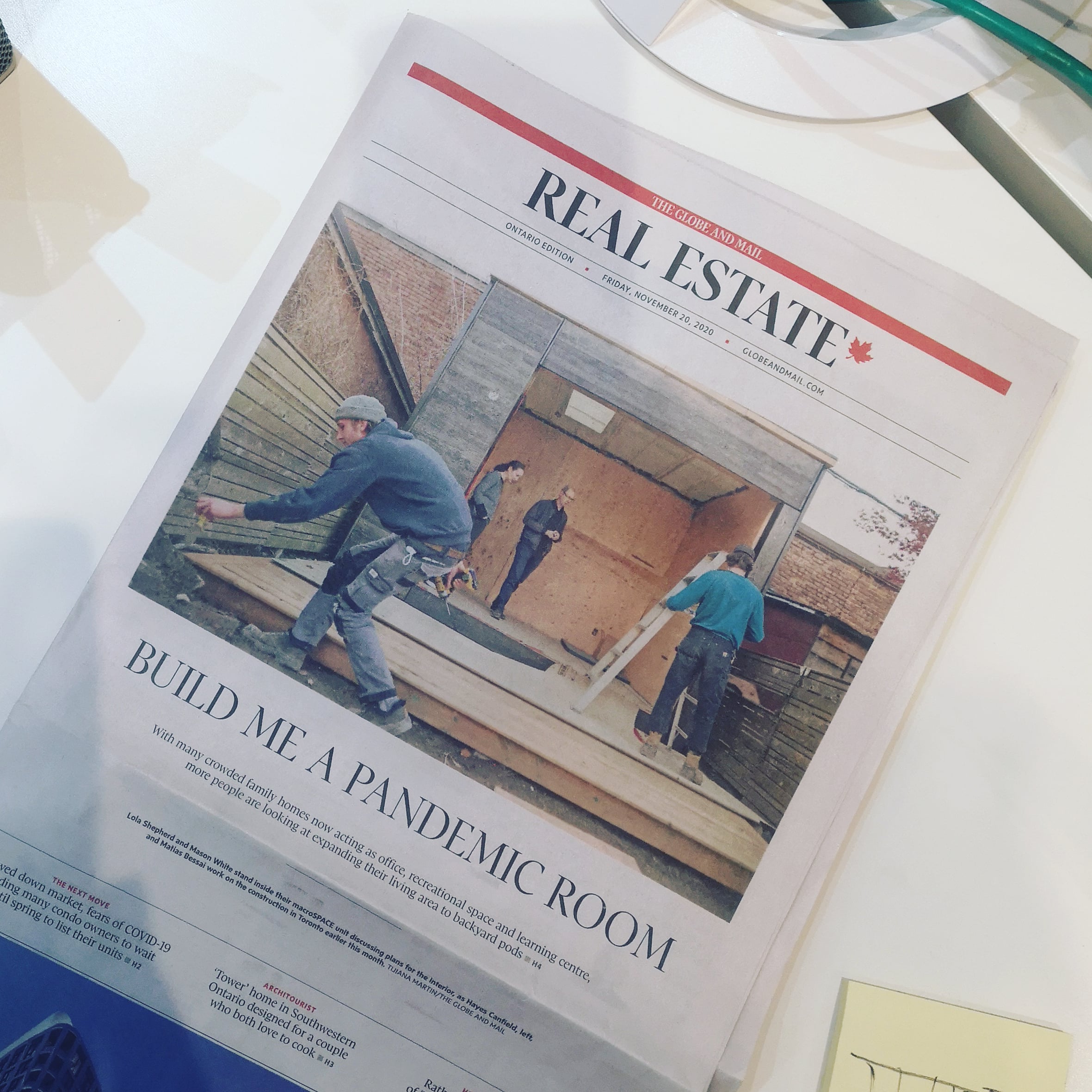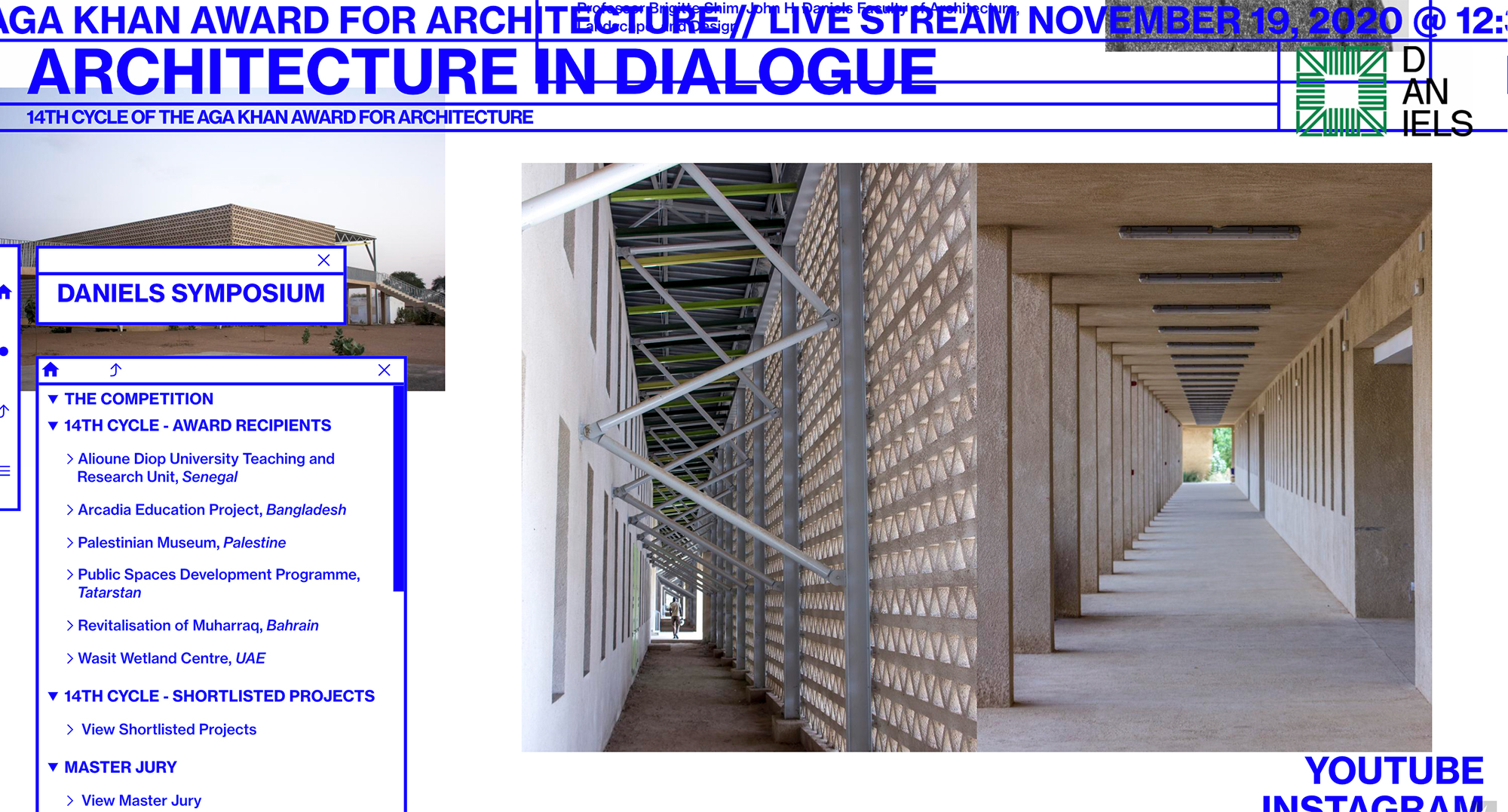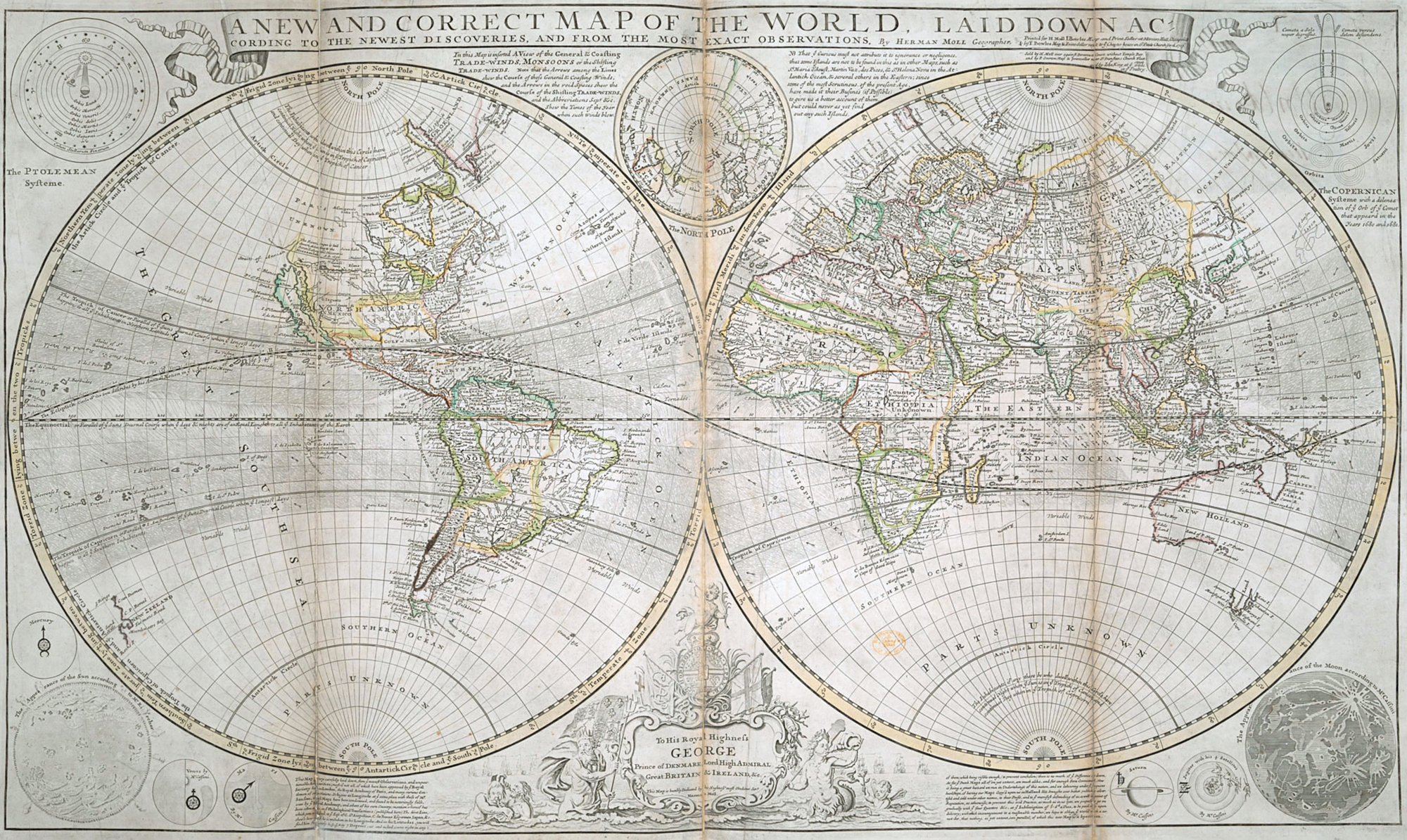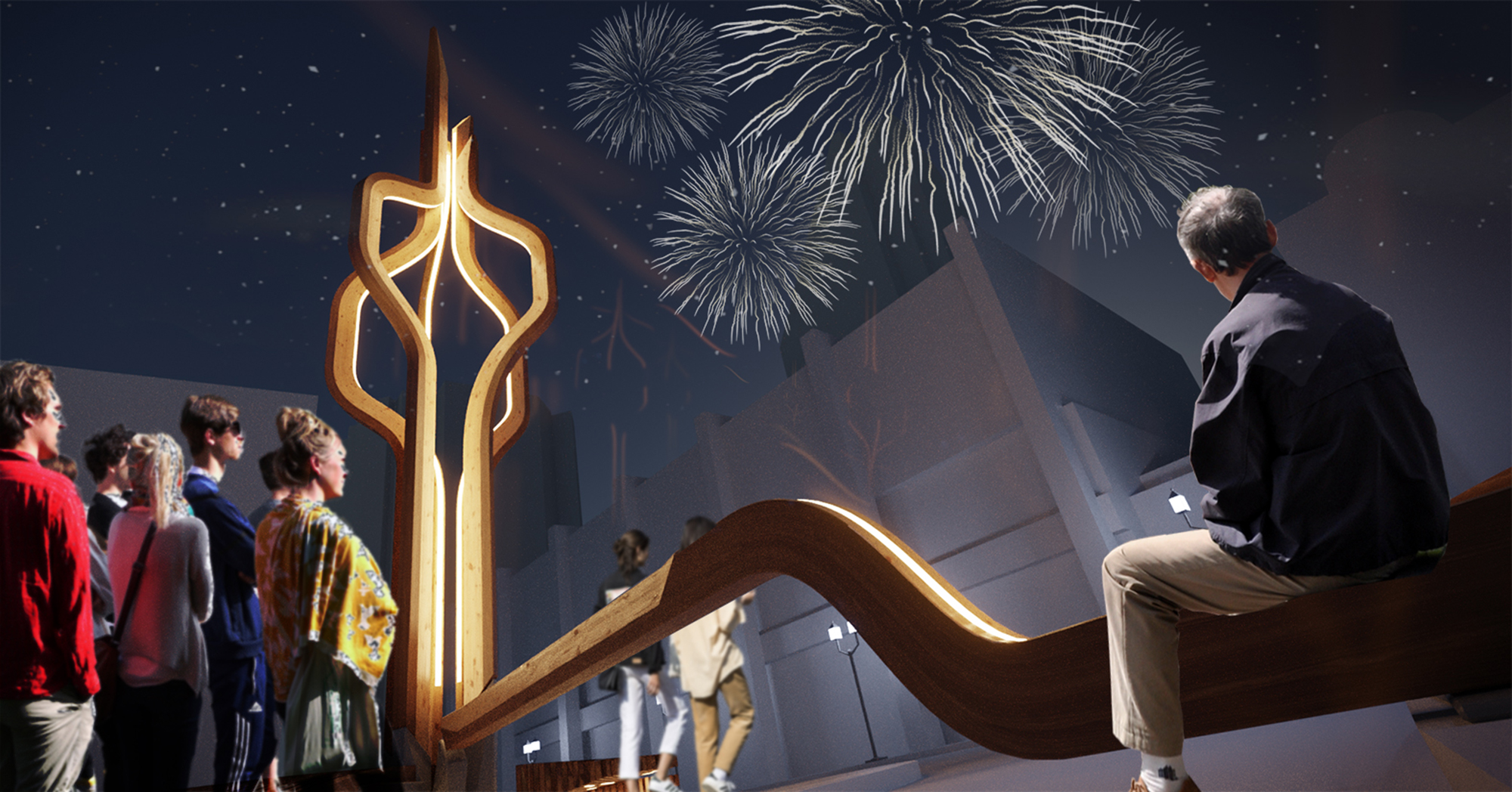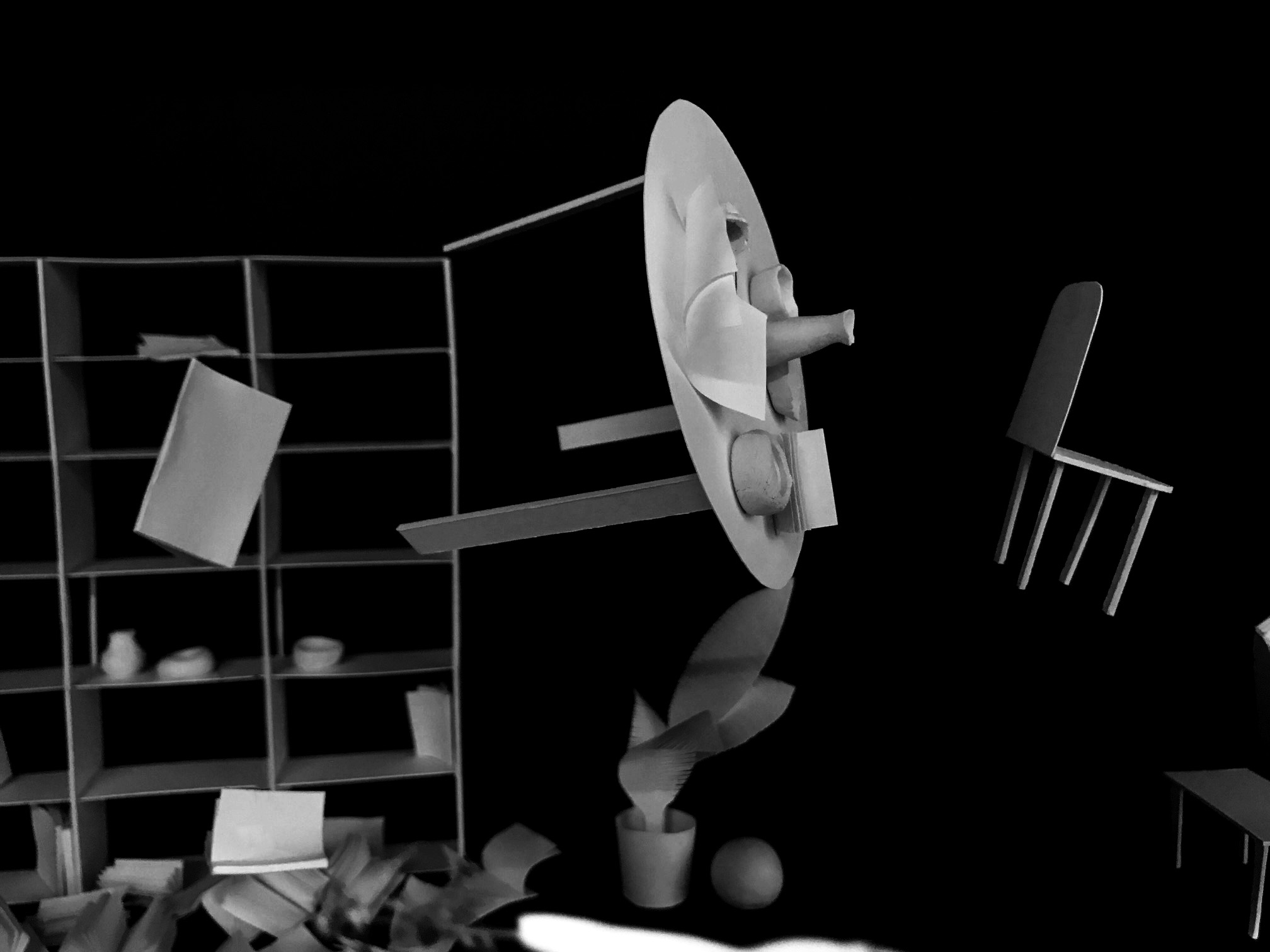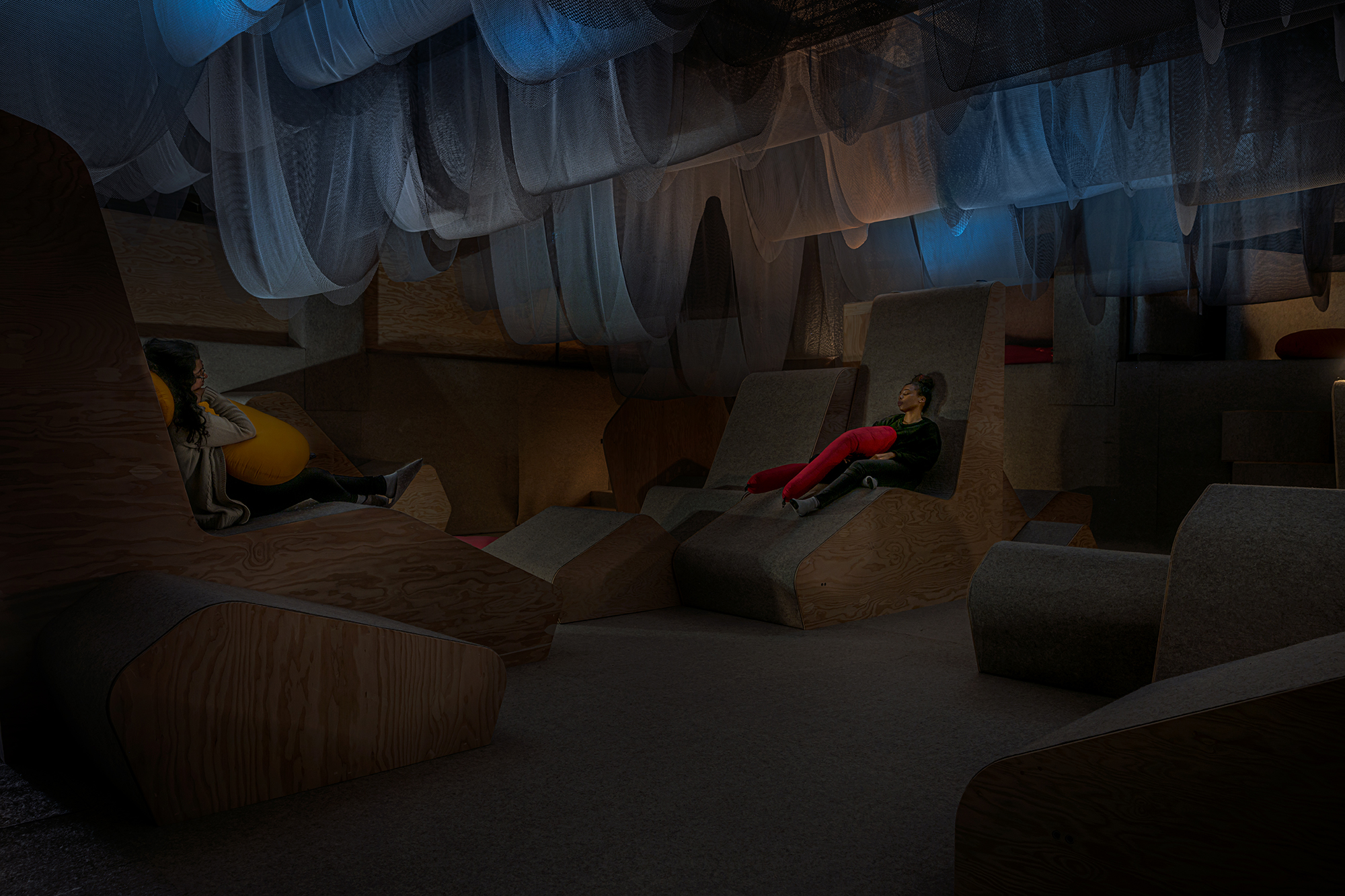In a normal year, one of the highlights of the semester for instructors and undergraduate students in Architecture Studio III (ARC361) is midterms, when students present elaborate physical models that creatively reinterpret a famous home somewhere in the world. This year, with everyone studying from home, that collective experience couldn't happen. But studio coordinator Petros Babasikas and studio instructors Anne-Marie Armstrong and Adrian Phiffer still found a way to replicate some of the creative joy of in-person presentations: they had students make videos.
Each ARC361 student made a model using whatever physical or digital materials were available to them at home, and then used that model as the basis for a short film. The goal of each was film was to give the viewer a sense of what it would be like to be inside the model. "Students tried to get a point of view and tell a story through that," Babasikas says. "We also talked about genre, and whether there was suspense in the films they made."
Students proved so adept at creating architectural drama in their short films that Babasikas is planning to make video a permanent part of ARC361's syllabus, even after the pandemic ends. "We usually represent architectural design as finished, vacant drawings and images. But architecture is never finished and always occupied: it's a time-based process, creating atmosphere and stories," Babasikas says. "Filmmaking is just a natural next part of this process. It is very close to the premise of the studio, which is about architecture and domesticity. Working between model-making and filmmaking, the students have produced design fictions."
Here's a look at a few videos from the studio.
Hazel Gao, "I Wish I Were a Flying Whale..."
Hazel took on the Eames House, by Charles and Ray Eames. The home is now a museum, its interior still packed with the Eames's ultra-stylish furniture and personal possessions. Hazel chose those household objects as the focus of her video exploration. "She made physical models, very carefully and delicately, of all these domestic pieces," Babasikas says. "And she started setting up different domestic arrangements. Each one is very dramatic, as if something has just happened there. And then there's this character, a whale, which is a prominent piece of Indigenous artwork in the Eames House and Office. She animates this whale and has it fly through and connect these different domestic interiors."
Carissa Tzeng, "The Wanderers of the Void"
Carissa's video is a reinterpretation of Manuel Aires Mateus's House in Leiria, a home that is distinguished by a large central void. "She built a model of that void, and then she started inhabiting it," Babasikas says. "It's no longer the void of a house. It's a kind of transparent space that she lights, and then she starts populating it with these characters that appear and disappear, like ghosts."
Yuhan Zhang, "BREATH"
Yuhan studied Lina Bo Bardi's Glass House, in Sao Paolo. To capture some of the original home's transparency, she made a model out of parallel plexiglas sheets. The video shows the sheets being added and removed in stop motion, which gives the viewer a feeling moving through the house's interior. Midway through the video, Yuhan submerges the model in water and uses pigment to create a strange, atmospheric effect.
Nezar Alkujok, "Through the Window"
Nezar reinterpreted Edwin Lutyens' Orchards, an Arts and Crafts home located in the English countryside. His video takes elements from the original house — windows, a vaulted ceiling, a loggia — and recombines them to tell a story.
Eric Wang, "Overlapping"
Eric's precedent was Pezo von Ellrichshausen's Poli House, a residence and cultural centre located in Chile that looks, from a distance, like an unfinished concrete shell. Eric's video shows off an alternate-reality version of the house that consists of a series of sliding, overlapping planes.
Soroush Ehsani-Yeganeh, "The Study of a Precedent — Casa Gaspar (1992)"
Soroush studied Alberto Campo Baeza's Casa Gaspar, a modern courtyard house in Spain. In Soroush's video, the property becomes a planetoid where the laws of physics and geometry don't apply. By the end of the video, the house seems to become the focal point of an alternate universe.
Chenxi Cai, "Moriyama House Revisited"
Chenxi's video is based on SANAA's Moriyama House, an experimental housing complex in Tokyo that is characterized by square volumes and a modular, multi-unit arrangement. "She built a model of certain axes, certain voids, and certain spaces in the Moriyama House," Babasikas says. "You get views that penetrate across the block. And then she started repopulating the interior. What's really interesting is the way she creates weightlessness. There are a lot of people floating in intermediary spaces."
Melody Ekbatani, "SUPERYAMA"
Melody's video places a version of SANAA's Moriyama House inside an arcade-style crane game. The arm of the crane traverses the property, dropping people and objects as it goes.
